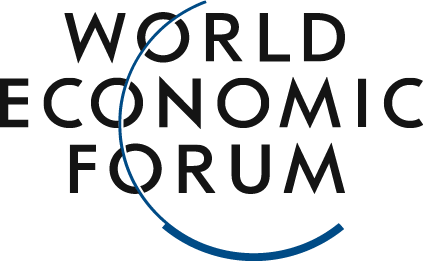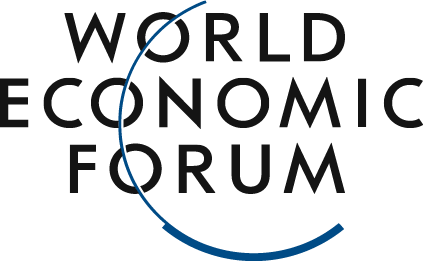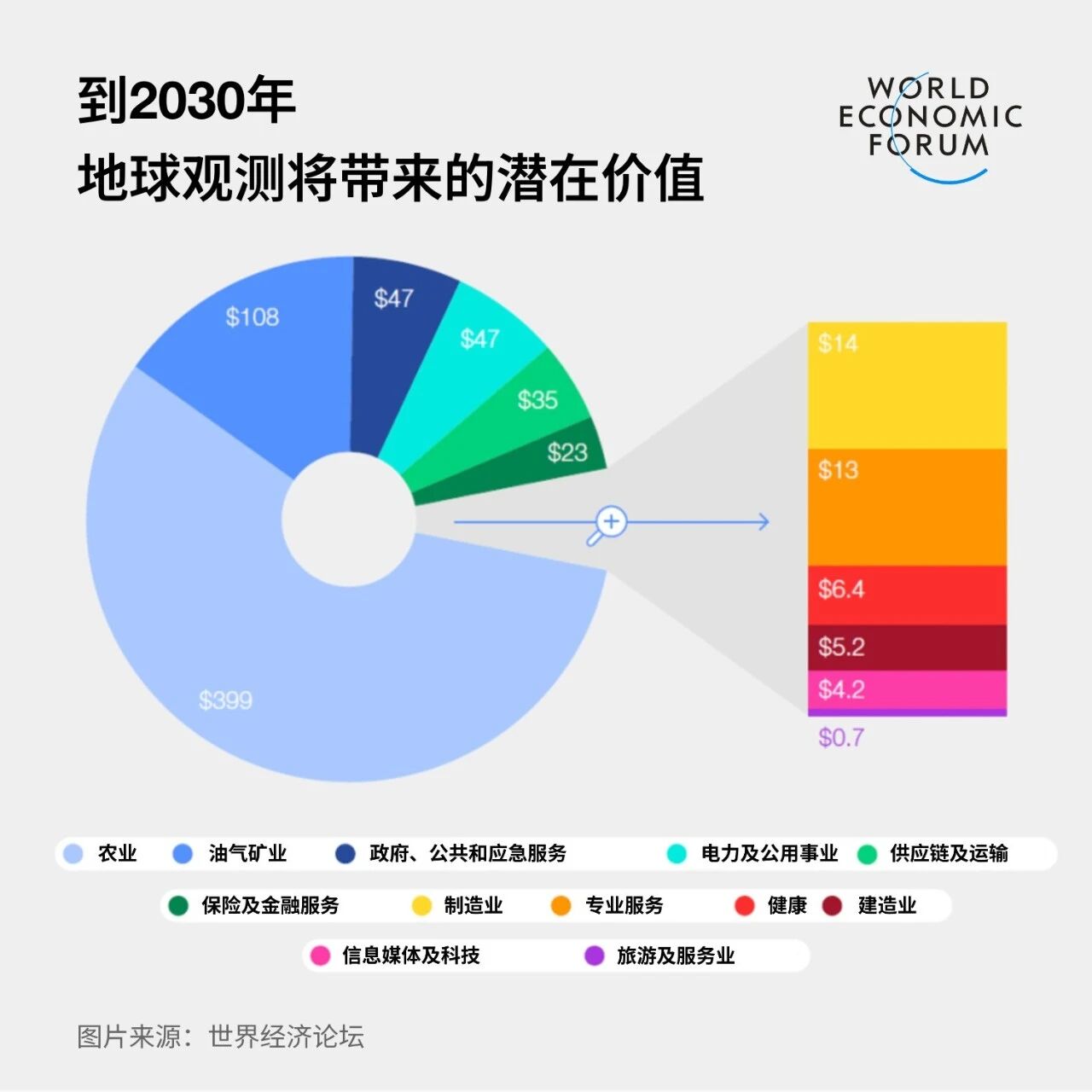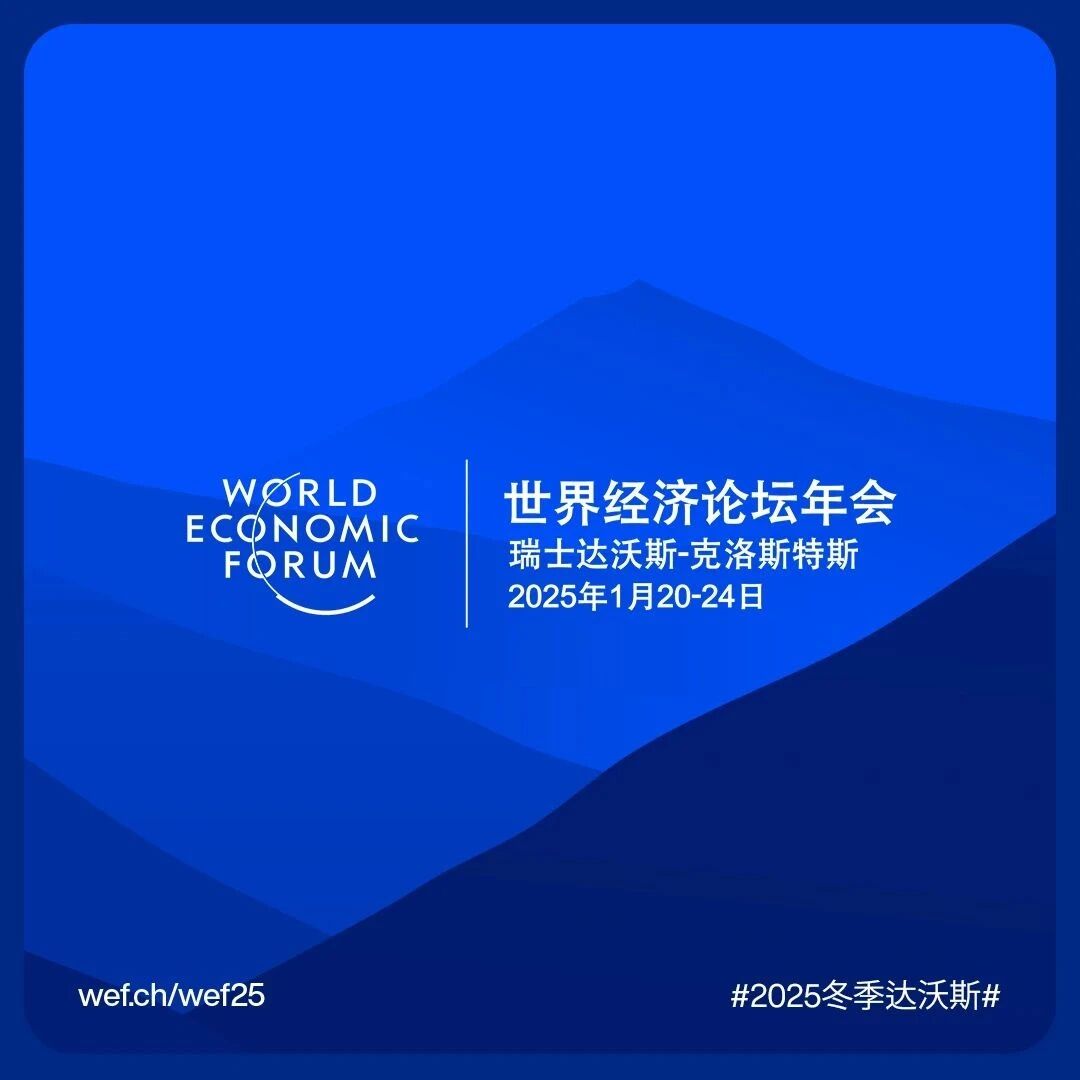Countries around the world must double the pace of improving energy efficiency to have any chance of meeting climate goals.
Image source:Unsplash/Riccardo Annandale
Ramya Krishnaswamy
Member of the World Economic Forum's Executive Committee,Head of ESG Initiatives
Rob Turner
PwC UK Partner
To achieve climate goals and remain competitive, countries must double their energy efficiency efforts.
Policy changes in areas such as transformation planning, architecture, industry, and transportation will be key to achieving these goals.
This article presents five policy recommendations for businesses and policymakers to consider, aiming to enhance energy efficiency and contribute to the global climate goals.
Countries need to take action to double the pace of global energy efficiency improvements in order to meet climate goals and remain competitive in a transforming world.One way to achieve this goal is through policy changes, particularly by focusing on transition planning, energy efficiency financing, and targeted policies for specific sectors such as buildings, industry, and transportation.The world is currently undergoing a massive energy transition. The traditional linear energy system is evolving into a diverse, complex, and interconnected energy network. In the old linear system, fossil fuels were extracted, burned, or refined—and then directly delivered to energy consumers. In contrast, the new energy system is a multifaceted, interconnected network comprising energy producers, transporters, and consumers, where infrastructure, financiers, and technology play pivotal roles.To successfully achieve the energy transition with minimal disruption, it’s essential to strike a balance among energy security, sustainability, and affordability.The Challenges of Achieving a Smooth Energy TransitionAchieving a smooth energy transition is an incredibly complex challenge, especially since we’re attempting to rapidly overhaul an energy system that took over 100 years to build. Meanwhile, energy demand continues to rise—by 2050, it’s projected to increase by 33%.This growing demand could accelerate further due to the development of energy-intensive technologies like artificial intelligence, potentially reaching by 2030 a level equivalent to Australia's total energy requirements.This isn’t inherently a bad thing—it shows that economic activity is expanding, energy access is becoming more convenient, and people’s living standards are improving.However, it has indeed turned the transition into a "moving target," as rising energy demand is also straining the existing power grid. This forces the system to draw from its limited renewable energy supplies to meet the growing needs, making it impossible to decarbonize the current infrastructure—and ultimately slowing down the pace of the transition.Meanwhile, this "bumpy" transition has left businesses lacking certainty, thereby limiting their ability to invest and grow.In this regard, companies can—and are already—taking action, with a primary focus on reducing energy intensity (the amount of energy used per unit of output).The Davos International Business Council (IBC) is a group of 120 CEOs whose companies account for 3% of global energy consumption. In its "Energy Demand Transformation Initiative," the council highlights numerous case studies demonstrating how businesses have rapidly reduced their energy intensity by conserving energy, improving efficiency, and collaborating across their value chains.However, there is still much more we can do. The "White Paper on Energy Demand Transformation," released alongside the initiative, highlights that current technologies can reduce energy consumption by 31% without compromising economic output. Achieving this goal by 2030 could save the global economy up to $2 trillion annually.To accelerate this process, we need the support of decision-makers. This is a critical issue on the global agenda—highlighted by the "UAE Consensus" reached at the 28th United Nations Climate Change Conference (COP28), where over 130 countries signed an agreement committing to double the pace of global energy efficiency improvements by 2030. The next step now is to clearly define the strategies and measures needed to achieve these ambitious goals.Adjust policies to accelerate the energy transition.Business leaders are actively addressing this challenge and presented their recommendations at the 9th Global Conference on Energy Efficiency, organized by the International Energy Agency (IEA). These suggestions were also incorporated into the Nairobi Business Leaders’ Action Plan.This action plan outlines five key policy requirements that can be achieved through public-private partnerships.1. Integrate energy efficiency into the national transformation plan- Pressure is mounting on countries to develop energy transition plans, such as supporting Nationally Determined Contributions (NDCs).
- These plans must address both demand and supply—currently, only 30% of NDCs mention energy efficiency in industrial energy use.
2. Measures to Support Mobilizing Energy Efficiency Financing- The IEA estimates that, to meet climate goals, annual investments in energy efficiency need to triple—to reach $1.9 trillion.
- Most climate financing is concentrated on transforming energy supply, while the fragmented nature of interventions targeting energy demand has resulted in a relative lack of clarity in both products and priorities.
- The government can accelerate the development of the financing environment and create investable assets by combining tax incentives, public funding allocations, and regulatory measures.
3. Enhancing Industrial Energy Productivity- To boost efficiency-driven investment, industry needs a clear development roadmap, along with supportive regulations for its activities and products.
- This includes supporting efficient enterprise clusters, investing in digital grid infrastructure, and backing regulations that enforce minimum energy efficiency standards.
4. Ways to Enhance Energy Efficiency in the Built Environment- To encourage transformation, both new and existing buildings require clear building regulations.
- These regulations should be tailored to each country’s specific circumstances, while ensuring their fair implementation and preventing market distortions.
5. Transportation Electrification- Under the right circumstances, the government can focus on developing an integrated ecosystem—from supply to usage—enabling it to reap the efficiency benefits of electrification.
- Cross-border standard sharing can accelerate this process and enhance the certainty of corporate investment.
To advance this process, throughout the year, businesses will continue engaging and collaborating with policymakers on this topic, accelerating action within multilateral initiatives such as New York Climate Week and COP29.By doing this, we can take a significant step toward achieving a sustainable, secure, and affordable energy system—while enabling a smooth transition by curbing the growth of energy demand. Ultimately, this will bring us closer to our "moving target." This win-win approach allows businesses and the public sector to thrive in their own ways, but it also requires global collaboration to move forward.Therefore, we must convey a message to all businesses and decision-makers: To achieve global climate goals and facilitate an effective energy transition, be ready to take action on energy efficiency.
The above content solely represents the author's personal views.This article is translated from the World Economic Forum's Agenda blog; the Chinese version is for reference purposes only.Feel free to share this on WeChat Moments; please leave a comment below the post if you’d like to republish.
Translated by: Sun Qian | Edited by: Wang Can
The World Economic Forum is an independent and neutral platform dedicated to bringing together diverse perspectives to discuss critical global, regional, and industry-specific issues.
Follow us on Weibo, WeChat Video Accounts, Douyin, and Xiaohongshu!
"World Economic Forum"





